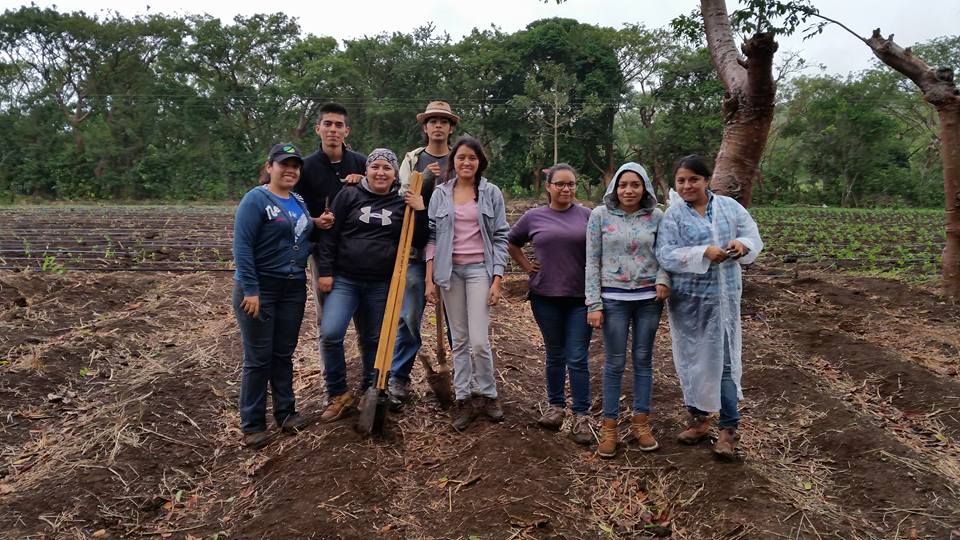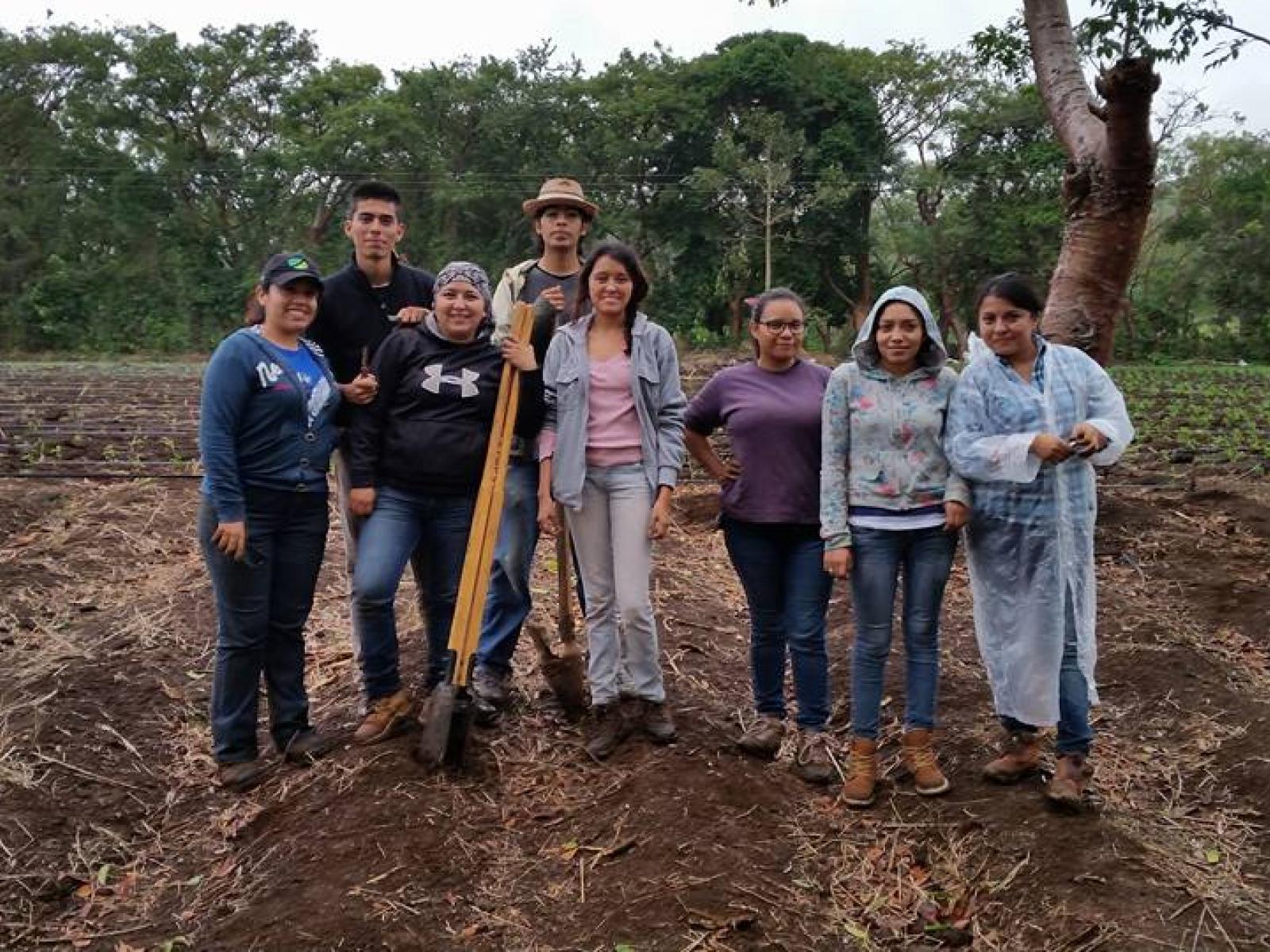An Overview Of Our Solution
- Population Impacted:
- Continent: North America
Organization type
Population impacted
Size of agricultural area
Production quantity
People employed
Describe your solution
Describe your implementation
External connections
What is the environmental or ecological challenge you are targeting with your solution?
Describe the context in which you are operating
Catemaco is one of the municipalities of Los Tuxtlas Biosphere Reserve, Veracruz. This protected area houses the most northerly rainforest of the American Continent. However, this reserve has lost much of the original ecosystem in the plains, and its main forest areas are in the mountains and ravines that almost reach the sea.
The transformation of these forests into agricultural fields first, and then exotic pastures took place in the past 50 years. Now the original vegetation remains in 35% of the area. Although wildlife has been undermined constantly (subsistence hunting), there is still a rich biodiversity, and wild populations could recover if vegetation cover was increase to 50% or more, and if patches of the remaining vegetation could be connected. This can be achieved through agroforestry.
Catemaco is one of the poorest municipalities in Veracruz, its development is stagnant and more than half of its population receives federal and local subsidies. These subsidies are going to decline because of the government's financial crisis. Veracruz is not part of the Mesoamerican Biotic Corridor, therefore it does not participate in the programs that encourage the connection of habitats for biodiversity, but much work in this regard is needed.
In the ejidos of Catemaco there is much inequality, and there are no sources of employment. Most families can survive because they can harvest fruits, tubers, have a small farm and a few cows. But they only cover their basic needs.
How did you impact natural resource use and greenhouse gas emissions?
Language(s)
Social/Community
Water
Food Security/Nutrition
Economic/Sustainable Development
Climate
Sustainability
In the beginnig we rely on grant funding, because we need to be in the ground for all aspectes of the project and our institutions cover only salaries and other support but for operation we really need other sources. As Veracruz is not part of the Corredor Biotico Mesoamericano, we cannot rely of government subsidies, and also because their a financial crisis that is affectn the environment sector. But returns from these activites can come very fast so we expect more market-based revenue in the short terma to maintain the project.
Return on investment
Entrant Banner Image

